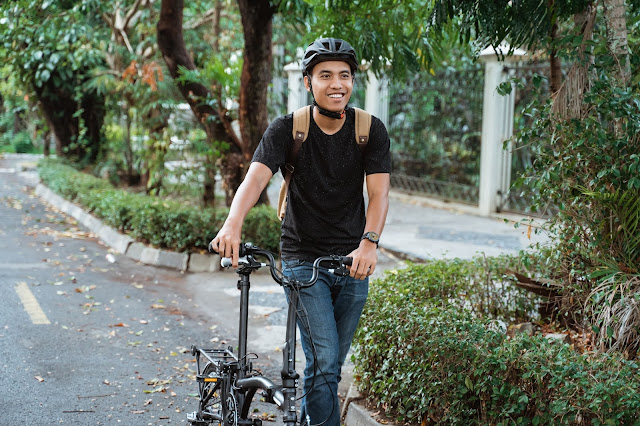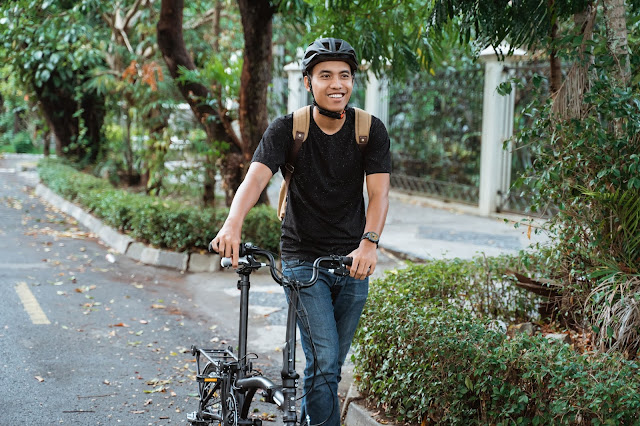Bike Safety 101: things newbies should know before hitting the road
With the ongoing pandemic, transport options have narrowed down for many Filipino commuters. Due to limited transport options as well as strict health protocols that make public transit more difficult, a number of people in the metro have turned to biking as an alternative means to get around.
Since launching its Ride Safe campaign last year, Allianz PNB Life has been hard at work promoting bike safety and green mobility across the metro, partnering with the San Juan City government to make San Juan one of the most bike-friendly cities in Metro Manila. They collaborated on new bike lanes around the city, as well as set up the country’s first solar-powered pit stop for cyclists.
“At Allianz PNB Life, we want to encourage more Filipinos to think of cycling as an alternative and more sustainable means of transportation,” said Gino Riola, Chief Marketing Officer for Allianz PNB Life and an avid cyclist himself. "A very big part of that is of course safety, which is why we put a primer on promoting and spreading awareness on bike safety and education.” Riola shares the following tips to help new commuters-turned-bikers navigate the busy streets of Metro Manila safely:
1. Find the right ride.
The right bike ensures comfort and safety while cycling. Hybrid bikes or road bikes are usually an amateur’s best bet for navigating a mix of bumpy to paved roads and slow-moving traffic. Additionally, a bike with the correct size should correspond to a rider’s height.
2. Gear up.
When it comes to cycling gear, the first and most important one to get is a safety helmet. A proper fitting helmet should cover the forehead about an inch above the eyebrows and not tip forward or backward. Bright, reflective clothing is another must while riding. Neon or fluorescent-colored wear such as hi-vis (high visibility) jackets or stick-on reflectors is recommended, especially when biking during early morning, cloudy days or evenings.
3. Practice biking techniques.
Practice is key to building confidence on the road. Ascending, descending, keeping balance when turning corners, and looking over one’s shoulder without swerving are basic skills to master. Even knowing how to change flat tires using a patch kit could come in handy. In San Juan, riders can actually rest and repair their bikes through pit stops.
4. Check equipment.
Before setting off, it’s important to ensure all parts of a bicycle are secure and working. Tires should be properly inflated, and the seat should be adjusted to and locked at a proper height, ideally at the same level or just slightly lower than the handlebars.
5. Follow traffic rules.
Bicycles are vehicles, and obeying traffic rules is a must, not just out of respect to drivers and pedestrians but also to avoid any accidents. Cyclists are more vulnerable than their driver counterparts, and should be extra careful. Riding a bike does not mean one is exempt from following stoplights.
6. Know hand signals.
Signals are another key aspect to following traffic rules. When turning, cyclists are urged to signal left or right. The same is true for slowing down or stopping. Learn more basic hand signals here.
7. Join a cycling group.
There are many cycling communities in the Philippines where new riders can learn valuable knowledge from their more experienced counterparts. Riding in a group is also a lot safer than riding solo. Plus it’s just more fun to ride with buddies.
8. Enjoy the ride!
Last but not least, it’s important to enjoy the ride! Biking is a great way to get exercise, spend time with family and friends, and reduce carbon emissions. Much like insurance, biking is a long-term investment for your health, your loved ones, and the environment.




